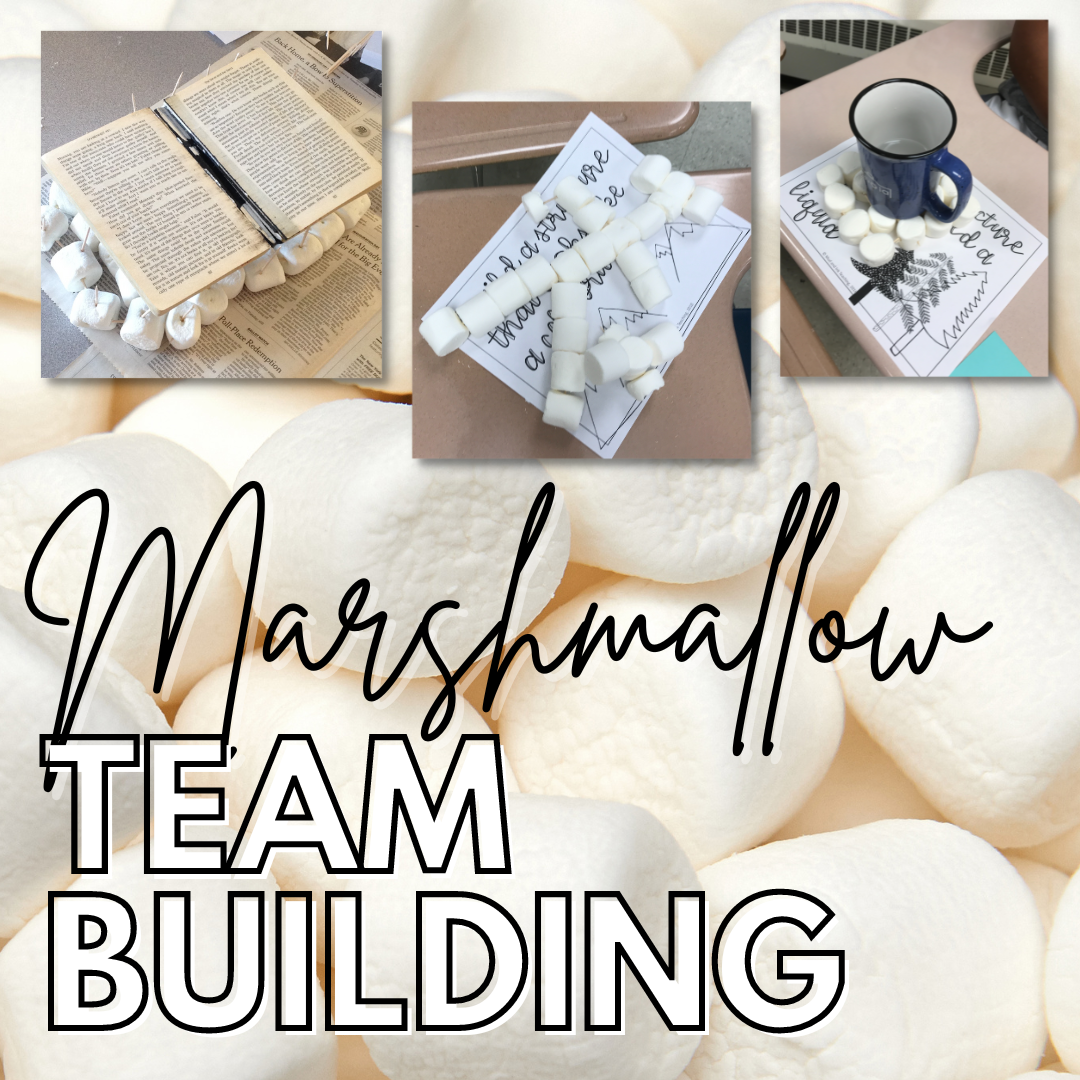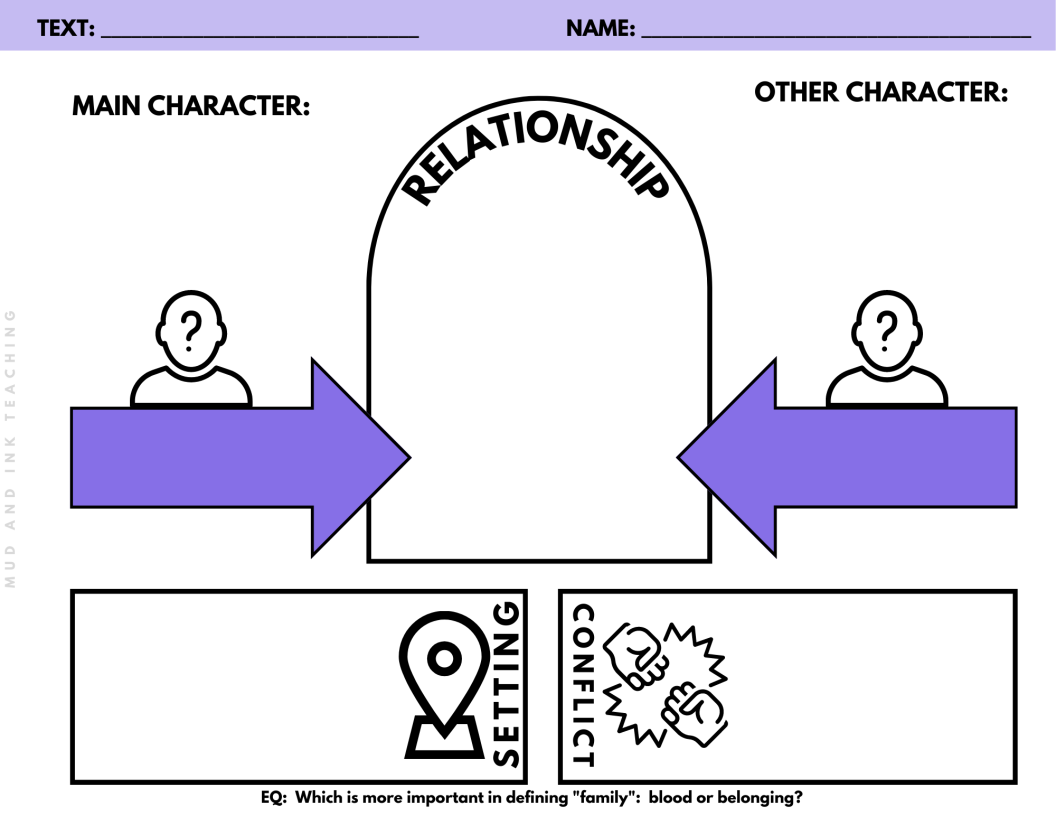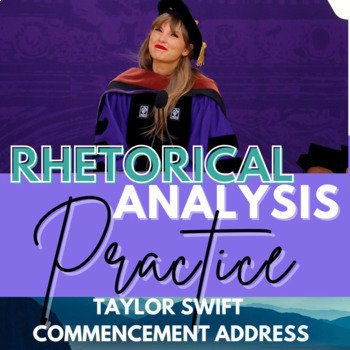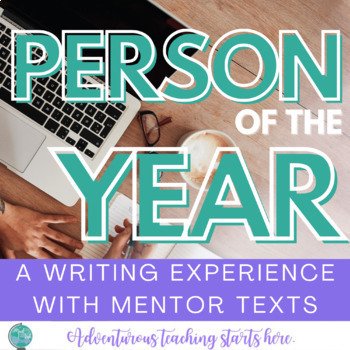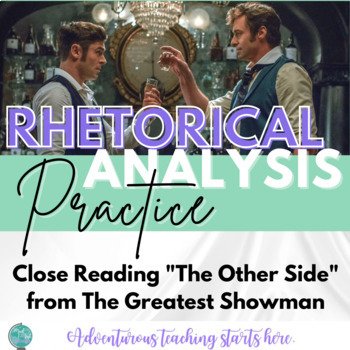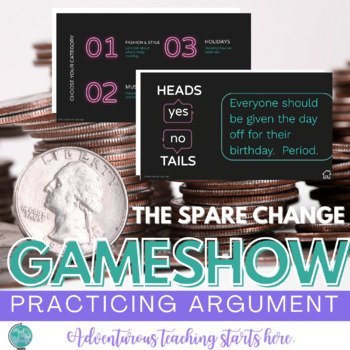
ADVENTUROUS TEACHING STARTS HERE.
Life's Blueprint: An ELA Lesson Honoring Dr. Martin Luther King Jr.
Dr. King’s legacy is especially powerful in the ELA classroom: his words, his rhetoric, and the passion with which he speaks them is not only worthy of study in its own right, but the overlaps into our content area make the analysis of the layers of his work that much more rich and impactful. Here is a free lesson walkthrough for your middle or high school English class celebrating Martin Luther King Jr.’s birthday.
Life's Blueprint: An ELA Lesson Honoring Dr. Martin Luther King Jr.
Dr. King’s legacy is especially powerful in the ELA classroom: his words, his rhetoric, and the passion with which he speaks them is not only worthy of study in its own right, but the overlaps into our content area make the analysis of the layers of his work that much more rich and impactful.
If your experience is anything like mine, I found myself a bit stuck in trying to find something different to read and analyze in honor of his birthday. By the time students got to me, they had already read or worked through “Letter from Birmingham Jail” and “I Have a Dream”, so a few years back I set out to find another great work to study that would be fresh for students and give them a new angle and understanding of the breadth of Dr. King's work.
What's your life blueprint?
This speech is a fantastic option if you find yourself in a similar position. Take a listen below:
I created a sketchnotes activity for you to use with some other lesson plan suggestions. I'm passing that along to you as just a thank you for being here and because sharing this work is so very important and I don't want anything to stand in the way of getting it done! On a seasonal note, this is the perfect e-learning lesson if school is called off around a snowy or brutally cold MLK day (it’s happened in Chicago before!).
LISTENING WITH SKETCHNOTES
The art of the sketchnote listening activity is that it takes us away from the “fill in the blank” mentality. With sketchnotes, students can actively listen, doodle, draw, sketch, and write in a way that vibes best with their brain’s pace and what emotionally resonates with them. You can play and pause the speech for each number to give students a chance to catch up, to share out loud, or to turn and talk to a partner. It’s important to note that each of the numbered components is NOT a question, rather, they’re phrases from the speech that serve to help students see the outline of his claim at a glance. The space on the page is for them to fill in with the details, evidence, and other words that exemplify that particular portion of the speech.
COMING BACK TOGETHER
Maybe students were turning and talking at a few moments during the speech, but if they haven’t checked in yet, give them that chance. Let them process in a small group table or in pairs through each of the three components of the speech.
Next, create an opportunity for full class discussion. I like to set up a post-it note gallery walk. I place these posters at the center or top of a giant post it note. Then, students move around the room to each of these pull quote posters to:
share a connection
add on to the idea
illustrate how this looks in their mind
elaborate with more detail
When the timer goes off (4-5 minutes is sufficient), students rotate to the next pull quote poster to add their thoughts. As they move, they can bring their sketchnotes with them to reference as they think through the speech with a larger context.
Finally, once students have rotated through each of the posters, you are set up to lead a large group discussion poster-by-poster soliciting students to share their contributions and discuss the speech even further.
GETTING STARTED
I set this lesson up and made the sketchnotes for you already! All you need to do is download them below.
THE IMPORTANCE OF BIPOC LEADERSHIP
The MLK Jr. holiday shouldn’t be the first time that a person of color is celebrated, highlighted, or studied. In the North American calendar, Dr. King’s birthday falls in January, and if we’ve gone an entire semester without looking at non-white leaders and cultural icons, that’s something important to reflect on.
There are opportunities all the time to give students access to meeting and researching the lives of powerful Black American “Influencers”. Before social media culture, activists, leaders, and speakers in the Black community were working tirelessly to shape the cultural landscape of America. Here is one way that I like to do that:
I hope you found these ideas helpful and inspiring. I hope you have a wonderful week at school and happy teaching!
LET’S GO SHOPPING
4 Authors, Activists and Artists to Highlight During Black History Month
Here are four authors and artists that deserve a spotlight any time of year, but especially during Black History Month. Each has a speech, story, or TED Talk that you can share with students alongside a wide variety of units.
Take it from these student poets: Black history is American history. It's world history. It's ongoing and cannot be reduced to one month, but what February is all about is lifting up Black voices and celebrating the incredible works of Black people.
In the high school ELA classroom, this means that we have work to do to make this month special, memorable, and joyous. There is a rich literary history of Black American voices that can be showcased and I want to share some ideas with you outside of the same few voices that students always hear from.
ANGELA DAVIS
Who: an American political activist, professor, and author who was an active member in the Communist Party and the Black Panther Party (read more).
Check out : “The Gates of Freedom” a speech performed here and free lesson plan here
JAMES BALDWIN
Who: James Arthur Baldwin was an American novelist, playwright, essayist, poet, and activist. His essays, collected in Notes of a Native Son, explore intricacies of racial, sexual, and class distinctions in the United States during the mid-twentieth century (read more).
Check out: “Sonny's Blues" is a moving and important short story. This 1 hour live Zoom call is a bit long, but it's incredible PD for you as a teacher. Farah Jasmine Griffin, chair of Columbia University’s Department of African American and African Diaspora Studies, offers a close reading of James Baldwin’s unforgettable story of a jazz pianist’s struggles with his art and his addiction. And if you have a New York Times subscription, "The Discovery of What It Means to Be an American" is absolutely worth your time, and if you have the space for a novel study, you will love If Beale Street Could Talk.
AVA DUVERNAY
Who: Ava Marie DuVernay is an American filmmaker. She won the directing award in the U.S. dramatic competition at the 2012 Sundance Film Festival for her second feature film Middle of Nowhere, becoming the first black woman to win the award.
Check out: “The Power of Women”, a speech she gave at an awards ceremony with Variety magazine (short) or this other keynote address that she gave at the 2013 Film Independent Forum would be great for any speech or rhetorical analysis unit.
Jordan peele
Who: Jordan Haworth Peele is an American actor, comedian, and filmmaker. He is best known for his film and television work in the comedy and horror genres. Peele started his career in sketch comedy before transiting his career as a writer and director of psychological horror and satirical films. In 2017, Peele was included on the annual Time 100 list of the most influential people in the world
Check out: “How to Turn Fear Into Success”, a talk he gave at the Santa Barbara International Film Festival.
INTENTIONAL REPRESENTATION FOR STUDENTS
If you are all in for sharing more voices but at a loss for how to incorporate them into your regular classroom routine, try using a digital choice board. These choice boards can be used for early finishers, as bell work to start a class period, and even as a once a week lesson plan throughout a heritage month.
And if you STILL are looking for more ideas, I have a blog post featuring 9 incredible poets that deserve a place in your curriculum at any point of the year. You can check that out here! And further still, Marie and I published a podcast episode featuring some wonderful African American writers to feature in your curriculum and you can listen anytime here or on your favorite podcast listening platform.















